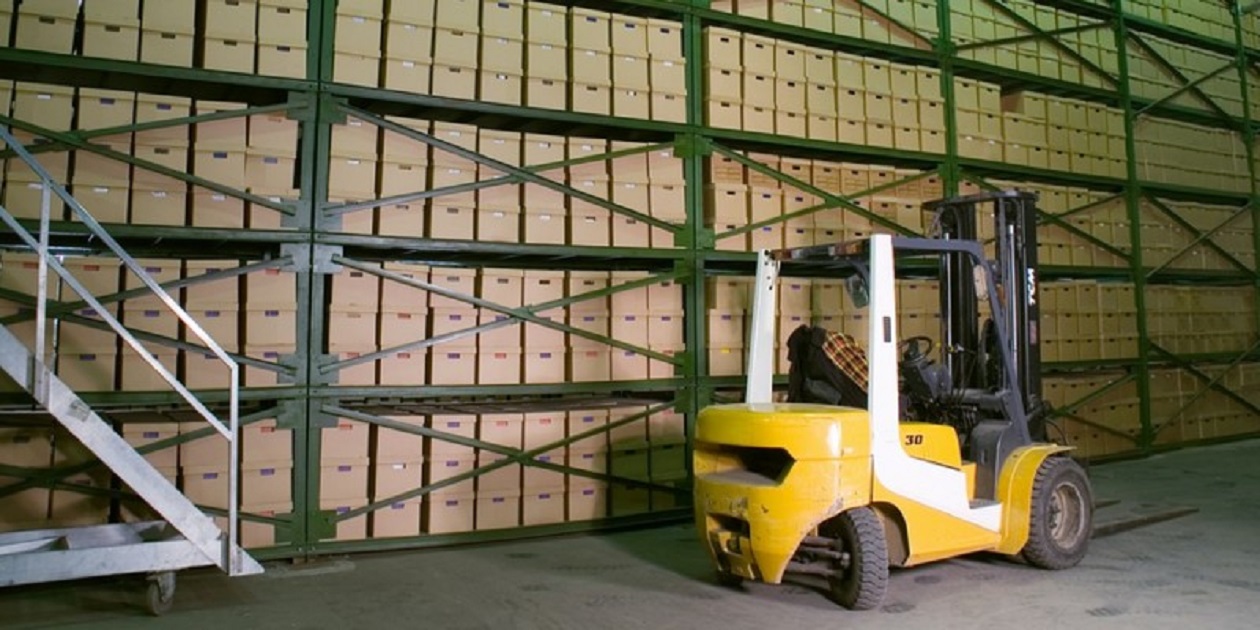
COVID-19 has disrupted industries as well as business-as-usual for individual firms across the world. For some firms, that impact has been positive, while others are deeply struggling. One thing has become clear, though: a digital supply chain is no longer a nice-to-have. It’s a necessity.
Read on to learn how legacy logistics are failing firms now, what digital transformation in the supply chain means, and how a digital supply chain will be essential after the recovery from the global pandemic.
Are you ready for data integration? Get the assessment. Absolutely free.
How Legacy Logistics Are Failing Firms Now
The global supply chain was one of the first structures to feel the deadly sting of COVID-19. As manufacturers in China were forced to halt operations due to government restrictions, their trading partners scrambled to determine how to mitigate their risks.
The companies that were most unprepared, and that have been hit the hardest, are the ones who are relying upon manual methods. Emails or phone calls to suppliers are poor substitutes for the kind of visibility and agility that fully integrated supply chains gave companies who have been able to pivot to new supply sources and channels.
Legacy logistics are siloed and don't allow real-time visibility. You don’t have a deeper insight into when shipments are arriving. In fact, you might not even be aware of how many raw materials you have in your own inventory when you’re using legacy logistics. As a result, when disaster strikes, you won’t be able to handle it because you lack visibility into your supply chain.
What Does Digital Transformation in the Supply Chain Mean?
Conversely, the organizations that aren’t struggling are those that have undergone a digital transformation. So, what does a digital transformation look like in the context of the supply chain?
First, let’s explore the term “digital transformation.” A digital transformation refers to the transformation of business processes and activities that take place when a company adopts technologies that have a strategic impact on the enterprise. It’s crucial to note that a digital transformation doesn’t take place just because you implement a single solution; the technology has to change the way you do business for the better.
“In a digital transformation, technology changes the way you do business for the better.”
What does digital transformation mean in the supply chain? In this context, digital transformation means that organizations put technological solutions in place that make them more efficient and effective in the long term. It means taking steps to enable a digital supply chain.

What Is the Digital Supply Chain?
A digital supply chain is a supply chain built on internet-enabled capabilities. Truly digital supply chains capitalize on connectivity, system integration, and smart components (networked equipment that transmits information to users/equipment owners, so they can make better decisions).
The digital supply chain’s goal is to enable companies to gain insights into processes, so they can be more efficient, seize new opportunities, and boost their bottom line. When companies put a digital supply chain into place, they can easily shift resources, assets, people, and inventory to where they’re needed.
Modern B2B Integration: Your First Steps to Enabling a Digital Supply Chain
To companies that are struggling with the impact of COVID-19 on the supply chain, the thought of shifting to a digital supply chain sounds overwhelming, if not impossible. It’s important to remember that a digital supply chain doesn’t happen overnight; moreover, you need the right tools to facilitate a digital transformation.
A crucial tool is modern B2B integration. Modern B2B integration goes beyond EDI; it integrates a number of digital supply chain technologies, putting information into one place so business leaders can make better decisions.
Information: The Lifeblood of the Digital Supply Chain
The digital supply chain thrives on accurate, timely information. Let’s take a look at how four cutting-edge technologies either provide greater access to data or enhance the value of the information you have:
- Blockchain
- IoT
- APIs
- AI
Blockchain
Blockchain is a shared digital ledger that records transaction history. Once someone enters a transaction, the information therein can’t be changed. All parties to a transaction must agree on what’s going into a ledger before the deal is recorded.
While many people associate blockchain with cryptocurrencies, there are several use cases for the supply chain:
- Traceability: Blockchain can track a product’s manufacturing journey, from raw materials to the shelf. Denver’s Bext Holdings created a blockchain solution to generate a record of coffee beans’ origins and purchase price; now coffee drinkers can see real-time payments to growers.
- Security: Product safety is vital at every stage of manufacturing. In the food and beverage industry, product contamination could be fatal. Several years ago, Walmart and IBM joined forces to increase security in food and beverage production with a blockchain ledger. In 2018, Walmart put a food-tracking blockchain in place.
- Efficiency: With blockchain, supply chain management is simpler; there’s a predictable, secure exchange of information to speed up processes. TradeLens, a joint project of IBM and Maersk, digitizes and automates processes such as import and export clearance to avoid inefficiency.
- Profitability: Inefficiencies hurt profit margins. Blockchain ledgers save time (and money) by centralizing information and reducing duplication.
IoT
The Internet of Things (known as IoT) relies upon networked devices to send information without the aid of humans. Data goes into repositories so people can analyze it.
IoT information can be incredibly valuable. There are many use cases of IoT in the supply chain:
- Sensors that monitor inventory to prevent tampering or spoilage
- Sensors on delivery vehicles that provide real-time tracking so firms know where their products are
- RFID tags can help with inventory accounting so you know what’s in stock
- Automated equipment in factories and transportation hubs that works during certain hours to save energy
APIs
The abbreviation “API” stands for “application programming interface.” APIs do two things: they let you consume a service, and they deliver a service in a way that an application can use. For example, an API could connect information from your ERP system to a mobile application.
APIs offer five benefits:
- Instant information transfer: Within a few clicks, you can query an API for data on what’s going on in the supply chain right now.
- Faster deployment: APIs have evolved; it’s now faster and easier to develop APIs, meaning that you can get them to market faster.
- Greater connectivity to information: APIs connect to more information sources than EDI systems do; they link databases, applications, and a number of other systems (however, they can be combined with EDIs to maximize those systems’ benefits).
- Overcome other architectures’ deficiencies: APIs are the latest in a line of information-sharing architectures. Advances in technology mean that information can take place with external systems, instead of just internal systems.
- Easier onboarding: The combination of APIs and EDIs make it easier to onboard new customers.
AI
AI has a wide variety of use cases for many industries. We’ll focus on those related to the digital supply chain:
- IBM’s supply chain management solutions use AI to track and predict supply chain disruption by gathering external correlating data from disparate sources.
- Sensors use machine learning to draw conclusions from the data they gather.
- The combination of AI and IoT creates automated equipment that tells users when they need maintenance.
- Delivery routes can be optimized depending on traffic conditions and other factors.
Why Will Digital Transformation (and a Digital Supply Chain) Be Essential in the Future?
Eventually, we’ll see an end to COVID-19. The New Normal will shift yet again, to a situation that no one can entirely predict. Yet, we feel confident in saying that when it comes to the supply chain, things can’t and won’t go back to the way they were.
If there’s one thing that players in the supply chain have learned, it’s that manual processes don’t get the job done. Today, you need visibility. You can’t survive in this landscape when you don’t know what’s going on with your trading partners. When a disaster strikes, you need to be agile so that you can react quickly and mitigate your risks.
“When it comes to the supply chain, things can’t and won’t go back to the way they were.”
To thrive in today’s business climate, you need accurate, up-to-date information, and you need it in real-time. You need to be part of the digital supply chain. Modern B2B integration enables that transformation by bringing together data from a variety of sources so you can make better decisions.
When you implement modern B2B integration solutions, you put technology in place that changes your workflows. Manual, error-ridden processes are a thing of the past; you don’t have to worry about mistakes being made during data entry because information is transmitted electronically from one system of record to another. As a result of modern B2B integration solutions, you’ll see greater efficiency, higher productivity, and a boost to your bottom line.
“Modern B2B integration solutions change your workflows for the better.”
Joining the digital supply chain helps companies become stronger and more sustainable. See some of our recent data transformation success stories.




